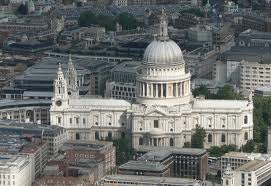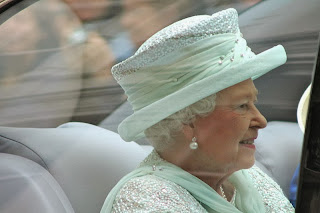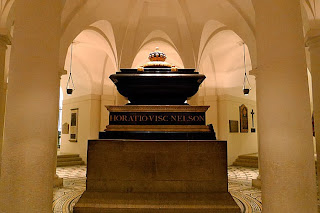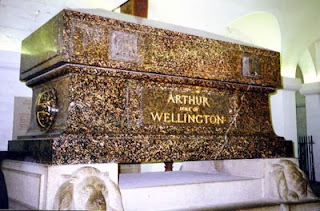The Wellington Tour will visit St. Paul’s Cathedral on September 6, 2014, to pay our respects to the burial site of the Duke of Wellington…and there will be plenty more to see. Please consider joining Kristine and me, Victoria, in England next year. Our tour details are here.
St. Paul’s is not only the mother church of the Diocese of London in the Church of England, it is a national symbol and the site of many national events: weddings, funerals, and significant celebrations.
It shares these roles with Westminster Abbey; St. Paul’s was the site of the service of national thanksgiving to commemorate the Queen’s Diamond Jubilee in 2012, and the Abbey in 2013 hosted the service of national thanksgiving to commemorate the 60th anniversary of the Queen’s coronation.
For the website of the St. Paul’s Cathedral, click here. You will find a dizzying round of services and events every week.
The Duke of Wellington passed away at his residence in Walmer Castle in Kent on September 14, 1852, at age 83. He was one of a very few non-royals to have a state funeral, held at St. Paul’s Cathedral on November 18, 1852. More than 13,000 were in attendance, including both Houses of Parliament.
At the proper moment in the service, the Duke’s coffin was lowered into the crypt; the tomb was completed in 1858 by Architect Francis C. Penrose.
Not only military heroes are buried in the crypt of St. Paul’s Cathedral. Among many others buried here are the founder of British nursing Florence Nightingale (1820-1910), composer Sir Arthur Sullivan (1842-1900), painter Sir Joshua Reynolds (1723-1792), scientist Sir Arthur Fleming (1881-1955), and Sculptor Henry Moore (1898-1986).
Also in the crypt is the tomb of Sir Christopher Wren (1632-1723), architect of the cathedral. His epitaph, in Latin: ‘Reader, if you seek his monument, look around you.’
Please join us to tour St. Paul’s and many more wonderful sites in London and southern England on The Wellington Tour.












